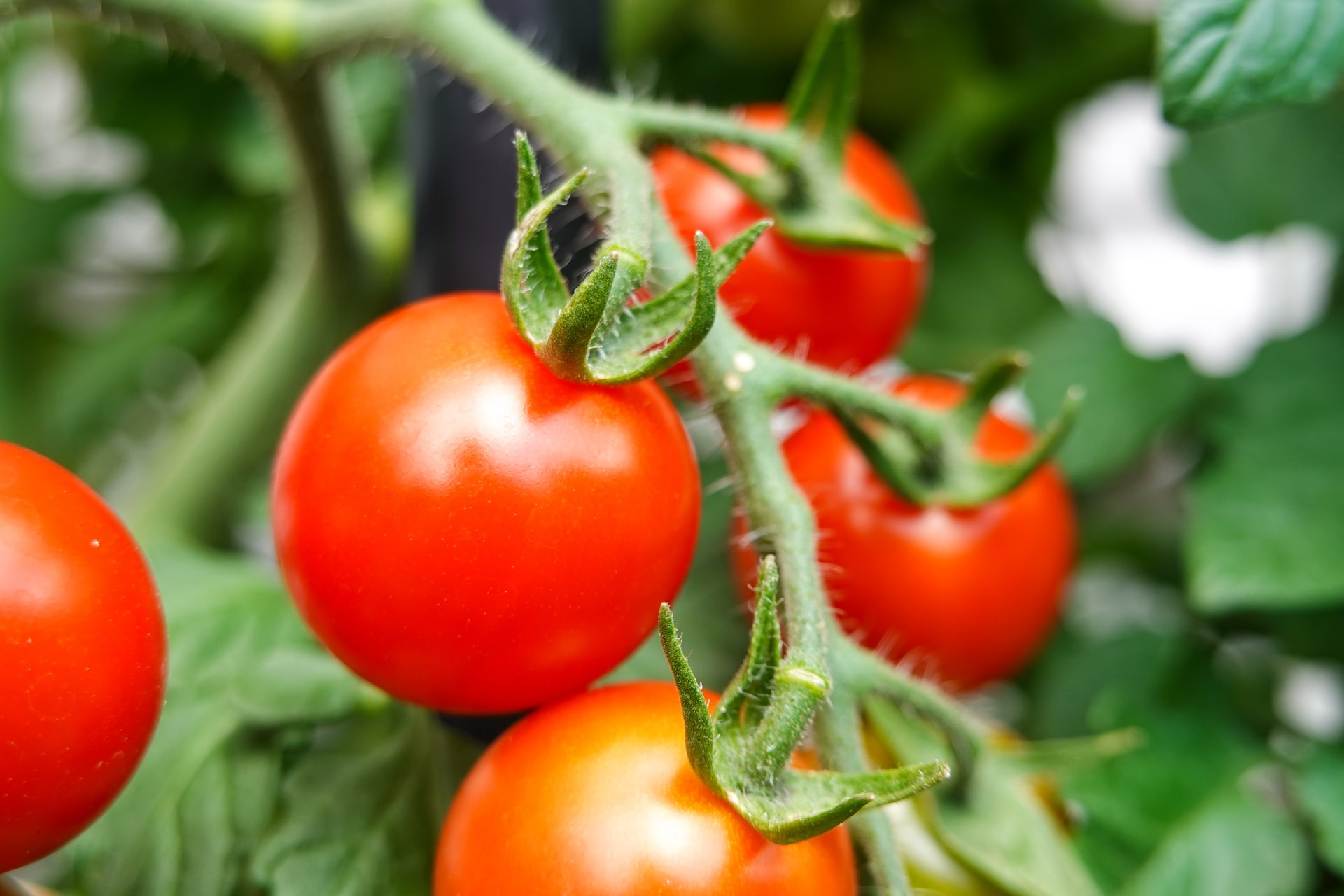Due to the frequent use of PE film in tomato cultivation, the “drip irrigation” system is the most commonly used method.
Drip Irrigation
This method allows for irrigation at any time of day because it prevents shock from applying cold water to hot plant parts. By avoiding wetting the leaves, it also prevents the development of favorable conditions for fungal diseases.
The system operates under low pressure, minimizing the disruption of the soil’s crumb structure, which is beneficial for tomato growth. Due to the lower operating pressure (0.3 – 1.5 bar), energy consumption is also reduced. The localized delivery of water reduces the irrigated area, resulting in lower water losses through evaporation or leaching (water conservation).
One advantage of drip irrigation is the possibility of fertigation, allowing the application of liquid fertilizers simultaneously with irrigation.
One of the most significant problems with drip irrigation is the clogging of drippers, either mechanically or chemically. Dripper clogging is directly related to the quality of the irrigation water and its physical, chemical, and microbiological factors. Filters can prevent mechanical clogging of the drippers. Chemical clogging occurs due to the formation of insoluble salts at the dripper opening or inside the dripper.
The drip system consists of:
- The driving section with the system head,
- Filtration device,
- Main pipeline,
- Lateral or distribution pipes,
- Drippers.
The drip system is characterized by the dripper, where the working pressure is reduced and water is released as droplets onto or into the soil.
There are two systems of drip irrigation: surface and subsurface irrigation. In surface irrigation, the pipes and drippers are placed above or on the soil surface, while in subsurface irrigation, they are buried in the soil.
Proper water dosing is crucial in irrigation practice.
There are two main elements in water dosing:
- Irrigation dose
- Timing of irrigation
Irrigation dose refers to the amount of water added in a single irrigation event (m3/ha or in mm). The dose should moisten the soil to the field capacity, meaning the irrigation dose depends on the soil type. To determine the irrigation dose, it is necessary to know the soil moisture before irrigation and the soil’s water properties. The difference between the field capacity and the current water content in the soil represents the irrigation dose.
Timing of irrigation refers to the precise moment when the irrigation dose should be applied, which is crucial for successful and efficient irrigation. If the timing of irrigation is determined “by eye,” the irrigation may be inefficient or even harmful. To achieve optimal timing and dosing of irrigation, and thus enable profitable and efficient water use, soil moisture meters should be used.













































